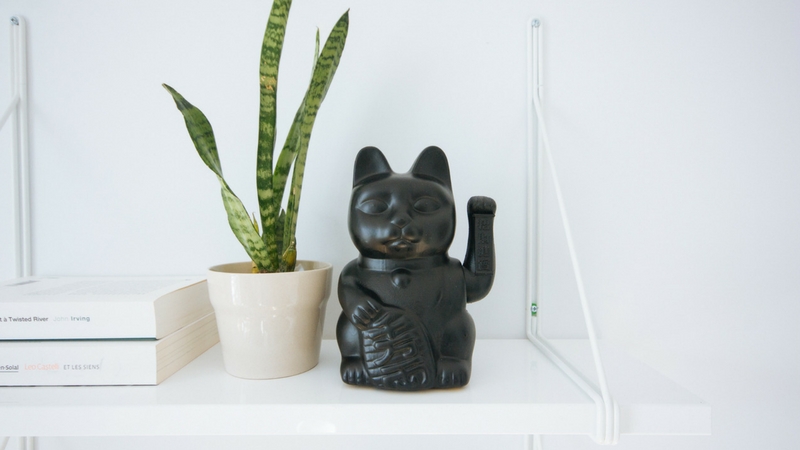Serendipity
Episode #3 of the course Where good ideas come from by Jeff Brunski
Some people say it’s better to be lucky than good. Other people say luck favors the prepared mind. And finally, you’ve probably heard the one about luck being what happens when hard work meets opportunity. Sometimes, good ideas come from a serendipitous event, and in today’s lesson, we’re going to talk about how to get lucky more often.
What’s Serendipity?
Serendipity is when something happens, by chance, that ends up being beneficial. For example, it’s serendipitous to spark up a conversation on a plane, only to discover that your seatmate is an expert on the problem you’re trying to solve. It’s serendipitous to find inspiration in an unlikely place or to see something that suddenly sparks a new approach to a situation you’ve been stuck in.
Out of all the ways to come up with a good idea, “getting lucky” seems a bit far-fetched and unreliable. It also doesn’t seem that actionable. Most guides to creativity and ideation focus much more on establishing a rigorous system for generating new ideas.
However, assuming you are putting in the deliberate work to find good ideas, it’s worth heeding some good advice to help establish an environment where serendipitous ideation is more likely to happen.
Exposure to Stimuli
The first important ingredient for serendipity is fuel for potential sparks. This relates to the expression about luck favoring the prepared mind. The “prepared mind” in this case is one aware of a great deal of stuff.
The most obvious method of gathering stimuli is by reading. I’m sure you would agree, considering the fact that you’re using this course to learn new things. Books, articles, and yes, even the internet, provide endless information. While I’m not advocating completely aimless browsing, there is a benefit to exposing yourself to many different ideas. (We’ll talk more on this in the lesson on “Spare Parts.”)
In a similar manner, hobbies and other passionate pursuits are great sources of fodder for potential inspiration. Being involved in diverse activities will expose you to a wide range of interesting stimuli. If you’re a creature of habit, find ways to get out of routines now and again and experience something new.
Elimination of Stimuli
Once you’ve loaded that noggin of yours with stimuli and existing ideas, the next step in creating an environment primed for serendipity is to stop thinking. Go for a walk. Take a shower. Have a lunch. Take a break!
This is not just some sort of “best practice” or old wives’ tale; researchers have actually studied brain function and observed what happens when you stop thinking analytically and let your mind wander. Without getting into the neuroscience, disparate regions of the brain can connect more effectively in this state. It’s scientifically proven that we should all give our brains ample “time off” to help it make connections between the problems we’re working on and the potential solutions that may have serendipitously entered our minds.
Summary
In summary, good ideas come when solutions find problems and vice versa. This often happens serendipitously, so keeping your brain chock full of inspiration and provide yourself enough downtime for ideas to find one another.
Next lesson, we’ll talk about “Observation.”
Recommended book
The Shape of Ideas: An Illustrated Exploration of Creativity by Grant Snider
Share with friends

